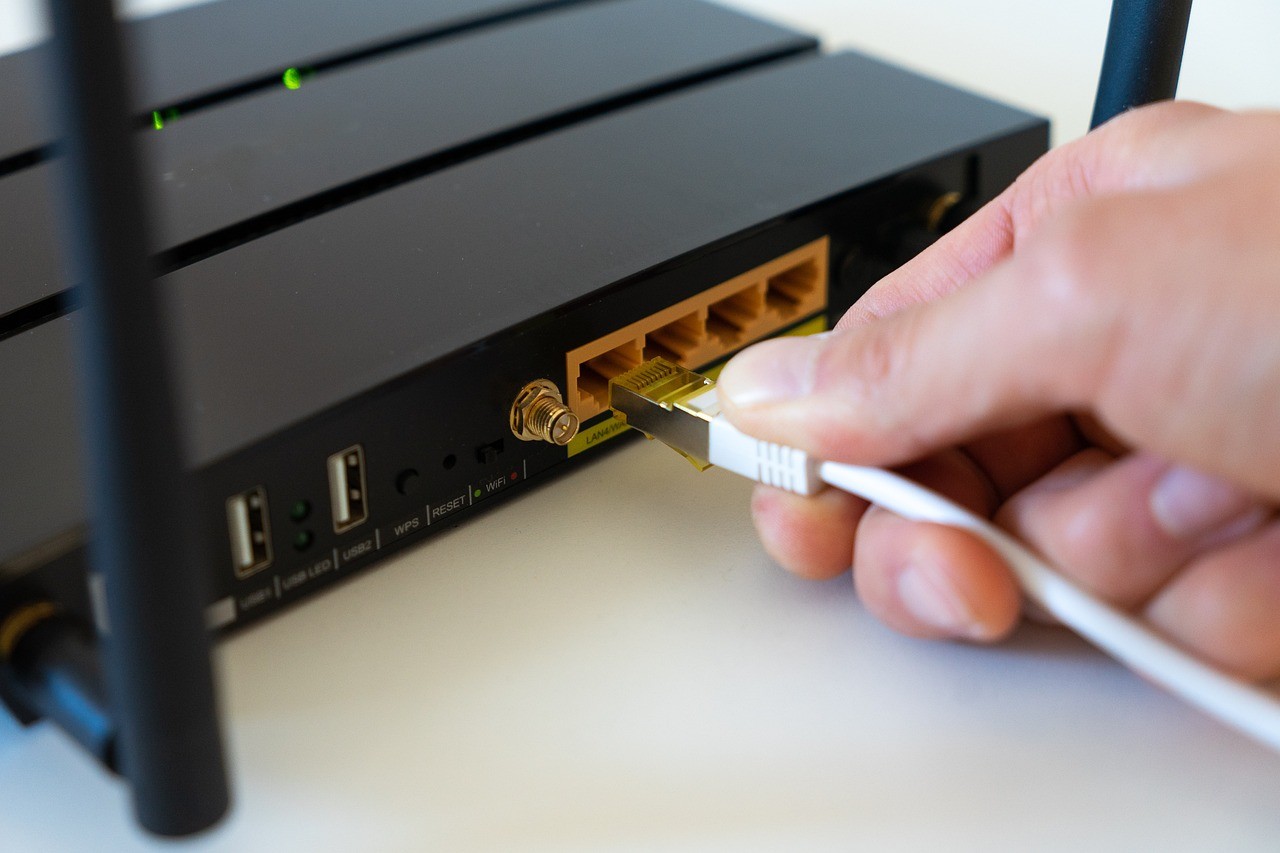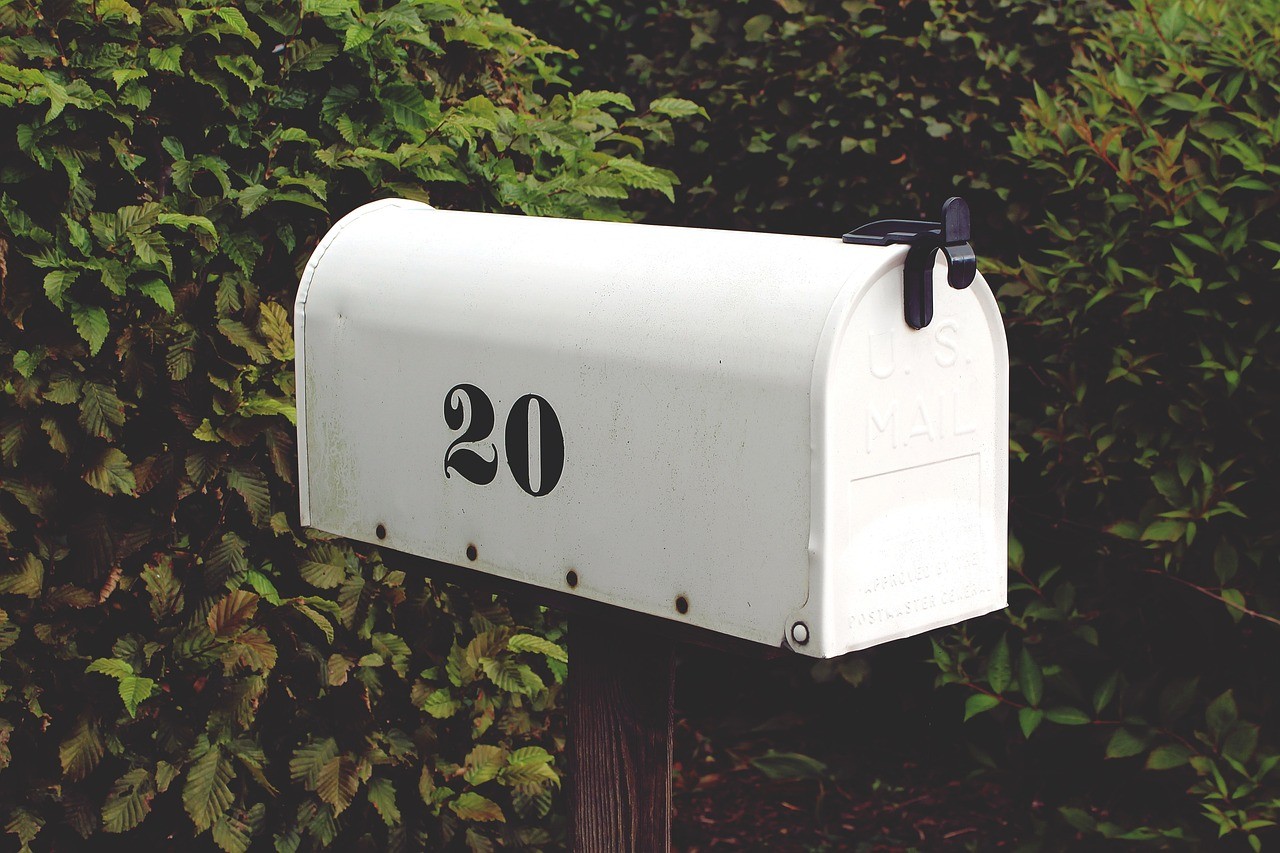What’s the point in using rechargeable batteries to save money if you end up getting crappy cells that have low power or won’t work at all? You need the D-size rechargeable batteries. We spent a lot of time looking for that very thing, that way you get what you need right off the bat.
Let’s go. Check out the reviews to see which batteries will perform the best in your particular devices. Then read about what you should look for when shopping for rechargeable D cells on your own.
Best Rechargeable D-Batteries:
1. EBL D Size Rechargeable Batteries D Cell 10000mah NiMH Battery
EBL is a trusted and established name in the rechargeable battery industry. Their D cells hold plenty of juice and store well for years when fully charged.
Since these are NiMHs, you won’t have to worry about fully discharging them before recharging them.
Some people have complained that EBL batteries are made in China in their EBL rechargeable battery reviews.
But what’s the difference? You want a good battery. These are good batteries. It doesn’t matter where they’re made.
Many have commented that EBL has excellent customer service. There have been reports of the unavoidable, occasional bad battery. EBL is quick to send free replacements.
Pros
- Good power
- Long life
- No memory effect
Cons
- There have been customer reports that their batteries tested at only 8,000mAh.
- These reports are rare, isolated, and unconfirmed. We’re sure that EBL would replace the batteries in question
2. FUVALY D Cell Batteries USB and Type-C Rechargeable Lithium Ion D Batteries
Have you ever seen batteries that have mini-USB charging ports on the side of them? You just plug them up like you would a phone.
Lithium-ion batteries are light, which is great for flashlights and other devices that you have to carry with you.
They don’t have the largest power reserve or lifespan, but that’s the trade-off for the convenience you get.
People love the convenience of not having to bother with a big, bulky battery charger. The novelty of a battery that can be directly charged with a mini-USB charger has been a big selling point too.
These same people do lament that these batteries don’t hold as much power as NiCads and NiMHs, though.
Pros
- They’re just cool
- No need for a regular charger
- Low risk of leakage
- Lightweight
- Long storage life
Cons
- They hold about half the power of traditional rechargeables
- They don’t quite have the lifespan of traditional rechargeables either
3. D Cell Batteries – USB Rechargeable Lithium D Batteries
The big difference between these and the previous two USB rechargeables on our list is the way these charge. There is no cord to worry about. You just slide the charger over the top of the battery and plug it into a USB port.
Another difference is longevity. These last through twice as many charging cycles. Just be aware that these have a slightly lower mAh rating.
Even those who have owned other USB-rechargeable batteries comment on the design of these. Instead of plugging into the side of the battery, the charger slips over the top. Then the whole thing plugs into a USB charger. People like that simplicity.
As far as dependability goes, some have been using the same set of these batteries for over three years. That’s a testament to their dependability.
Pros
- Simple charger design – No cord to lose
- Very long life – Can be charged about 2,000 times
- Lightweight
Cons
- 4,000mAh is not much of a power reserve, but they’ll work just fine in low-drain devices
4. BONAI Rechargeable D Cells 10,000mAh 1.2V Ni-MH High Capacity High Rate D Size Battery (4-Counts)
Several buyers have tested these batteries after charging them for the first time, and they say that they are truly 10,000mAh. This is worth mentioning because many batteries vary somewhat in their actual power reserve capabilities.
The reviews for these batteries are consistently good. We were hard-pressed to find any complaints about defective or weak cells.
Most people had the best results when they charged them for a full 24 hours before their first use. That’s what experienced people do, and it seems to help them hold more power and last through more charging cycles.
Pros
- Guaranteed 10,000mAh
- Decent life span – A great life span if you charge them for a full day before their first use.
Cons
- This seller is relatively new on the scene, and we don’t how responsive they are when it comes to warranty claims
5. Energizer Rechargeable D Batteries, Recharge D Battery, 2 Count
Understand this right away: These are AA batteries in a D-cell body.
But why would such a trusted battery manufacturer be so deceptive? It’s not a deception. It’s an ingenious solution that’s meant to save their customers money.
These batteries are meant for low-drain devices that require D cells, like LED flashlights and anything else that could get by with cheaper AAs if such a small battery would fit in them.
Many are surprised by the low power reserve when compared to other D cells. They don’t understand what this battery is and what it is meant for.
Those who do understand are pretty happy with their purchase. These batteries are great for low-drain devices, and those who use them in that application say they would make the same decision again.
Pros
- Good price compared to regular rechargeable D cells
- Made by a trusted manufacturer
Cons
- Terrible performance and short life in high-drain devices
6. Twharf Rechargeable Lithium AAA Batteries, 1.5V 750 mAh High Capacity Triple AAA Batteries
Here’s another set of direct-charge batteries. Just plug a mini-USB in them and charge for four hours.
They share the same disadvantages of this type of lithium-ion battery, though. They don’t quite measure up to NiCads or NiMHs as far as performance goes.
Customers like that a charger is included with the purchase. That saves money or at least keeps them from having to use one of their phone chargers for the batteries.
On the flip side of the coin, people have complained that the included charger is of low quality. But what can you expect at this price?
Pros
- Light enough for all-day carry-in cameras and flashlights
- No need for a charger
- Lithium-ion batteries are inherently resistant to leakage
Cons
- The charger that’s included is cheaply made and may not work long
7. RayHom Rechargeable D Batteries 1.2V 10,000mAhNi-MH High Capacity D Size
These are best bought in a pack of eight to take advantage of the savings.
Even the NiMH D cell batteries need to be replaced every so often, even rechargeable ones. If you use your batteries heavily, you can probably save a bunch by stocking up on these.
People talk about savings. Those who use their batteries very frequently often have to replace their D cells yearly. That’s pretty much unavoidable. But these batteries are so economical, that no one really minds when they have to replace them.
Many have said that when they checked their new RayHom batteries on their chargers, they weren’t fully pre-charged. The average seems to be about 80 percent. That’s not a big deal, though.
Pros
- Economical, especially for people who use their batteries all the time
- Lots of reserve power
- 1-year warranty
Cons
- They’re advertised as being fully charged when you buy them, but they are usually short by about 20 percent
Factors To Consider
Here are the three most important factors to think about when shopping for small, powerful rechargeable D batteries.
Reserve Power
This is the amount of electrical energy they can store. It’s measured in milliamp-hours or mAh for short. Most D cells have a rating of 10,000mAh. That’s a good rating for any device. But there are D batteries as low as 5,000mAh. They’re best for low-drain devices. They can be used in anything, but high-drain devices will run their charge out more quickly.
Type
The two main types are nickel-cadmium, or NiCad, and nickel-metal hydride, or NiMH. NiCads are cheaper; NiMHs perform better. Understand memory effect. A battery tends to lose its ability to take a full charge if it is not completely drained between each recharge.
NiMH batteries don’t have a memory effect, but NiCads do. If you do get NiCads, be sure to allow them to run almost completely dead before recharging.
NiMH batteries typically have a higher reserve capacity than NiCads. They also have a longer lifespan and are more resistant to leaking. NiMH batteries are the hands-down winner. That’s why they’re the only ones we recommend. Only get NiCads if you want the absolute cheapest.
Lithium-ion batteries have no memory effect either. Their main advantage is safety. They cannot leak, but even if they do, their chemistry is pretty much non-toxic.
Lifespan
This refers to the number of times a battery can be recharged before it will no longer accept a charge. Most rechargeable D cells can be recharged 1,000 times or more. Some have a chemistry that only allows a few hundred recharges but offers a higher mAh rating.
Pay close attention to the lifespan if you want your batteries to last for a long time. If your main consideration is an upfront cost, you may want to accept a shorter lifespan in exchange for a lower price.
Conclusion
If you’re looking to go super cheap, we’d recommend AmazonBasics D cells. But if you’re willing to spend a little more for an extra layer of dependability, get the EDLs. But what about those cool USB-chargeable Fluvals? Go for them if you don’t have a charger and don’t want to buy one.
If you don’t want one of our picks, just make sure you get NiMHs or lithium-ions. Check out the mAh rating and lifespan before you buy.
Keep what you learned here in mind when you make your decision. Now you know how to do it. Go get yourself a pack of the rechargeable D batteries.



